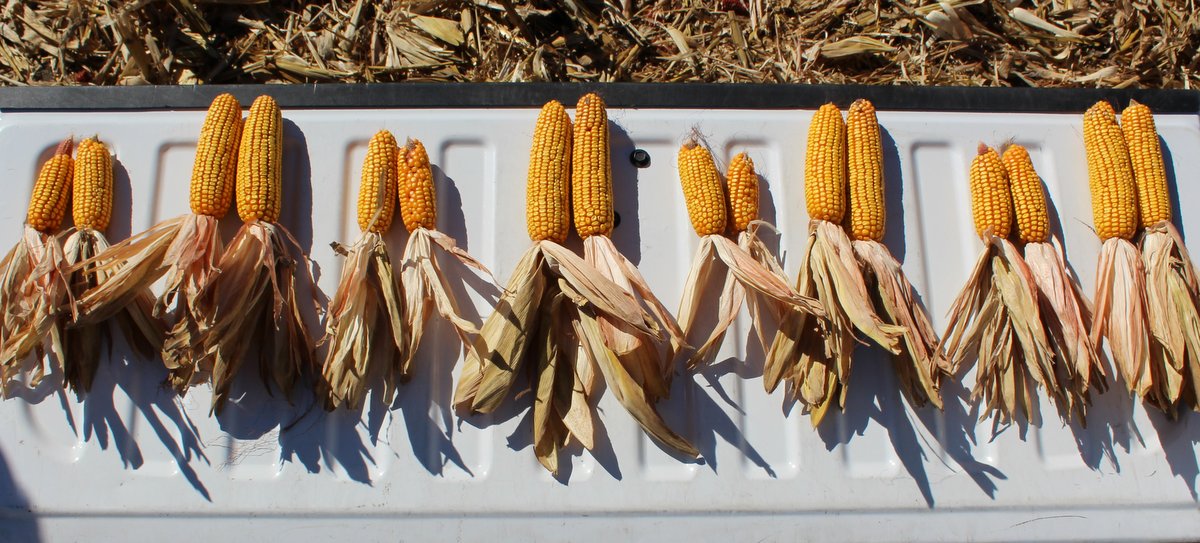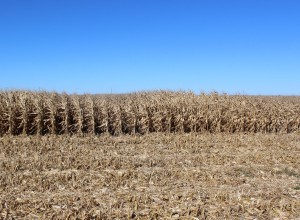
Splitting laterals that were originally placed too far apart at 60’ to 100’ spacings is old news. It’s been going on for decades. By 2002, ADI had already split 95% of the systems they had installed in the early 1980s. These necessary improvements often took projects down to 30’ and 40’ spacings. The latest evolution has been splitting 40’ spacings down to 20’ spacings. Some areas of the country have taken that a step further with splits down to 25’ and 12.5’ spacings.
Splitting laterals can be tricky and time consuming but the end results are paying for themselves.
In one customer’s words, “One of our farms with 80’ spacings would fool you. It looked like it was okay to work that ground, but once you got out there – between the laterals – you quickly realized that it was NOT ready.”
Locating existing laterals in a timely manner requires some special skills. Yes, there is “advanced” technology available to locate existing laterals lines, and it can work well in some situations. But try using it in worked ground or corn stalks and you run into some limitations. A system that was properly laid out and installed initially can easily be improved. This system will feature lines that run parallel and clean. However, a system with an irregular and complicated design will be extremely difficult to improve.
Some contractors feel it is best to abandon the old system and start over. In most cases, this is simply wrong as it is less expensive to protect the farmer’s initial investment. In case of an old clay system however, careful evaluation of the existing main needs to be conducted. If evidence of quartering is present, which is quite possible in 8”, 10” and 12” clay mains, that main must be replaced.
What’s Driving Today’s Retrofits?
Customers demand better drainage. While the technology of agriculture has been a driving force for proper drainage over the past few years, it’s no longer catching the yield drag between 40’ spacings. A sixteen row corn head can’t show the yield drag between 30’ and 40’ lateral lines, but growers certainly are not blind and ear sampling will tell the tale very quickly.
In this example (shown below) our customer is in the process of splitting 40’ spacings down to 20’. Both stand and ear size tell the tale and support his desire for something better. ADI drained a neighboring field and it was split from 40’ spacings to 20’ spacings in the 1990s.
 Approximately 20% of ADI’s annual work load is dedicated to updating systems that were installed based on outdated data and recommendations. Specialized, experienced crews handle this work, and we would be happy to do a site review with you to help you better control subsurface soil moisture.
Approximately 20% of ADI’s annual work load is dedicated to updating systems that were installed based on outdated data and recommendations. Specialized, experienced crews handle this work, and we would be happy to do a site review with you to help you better control subsurface soil moisture.
